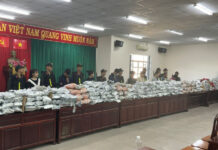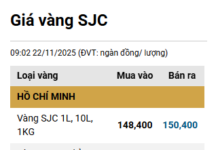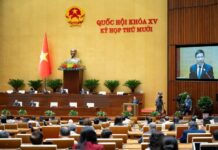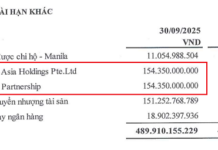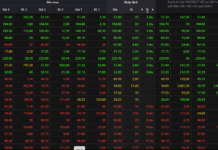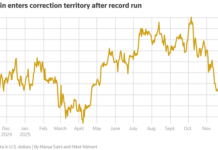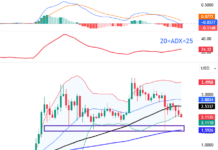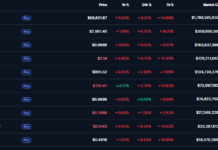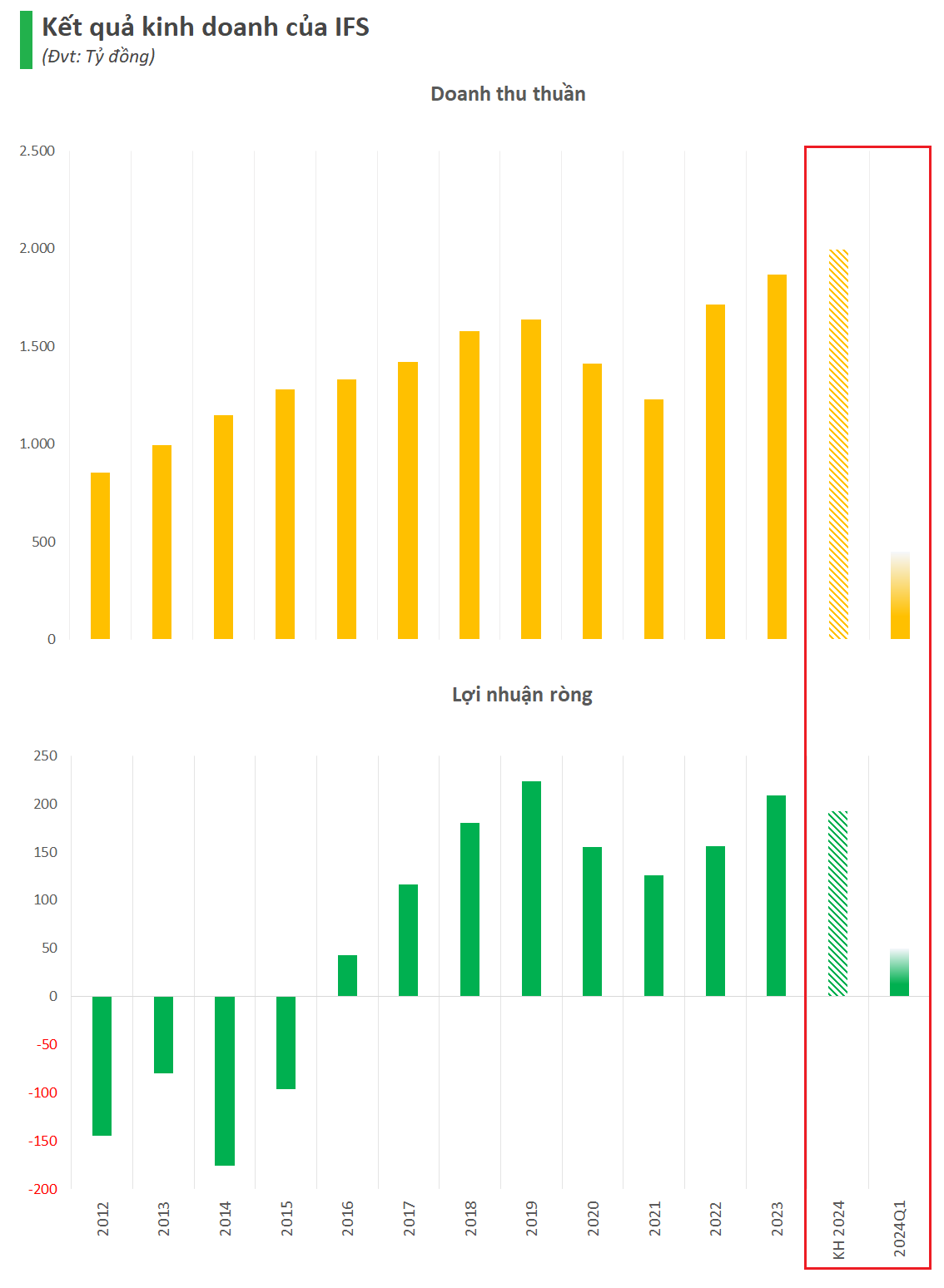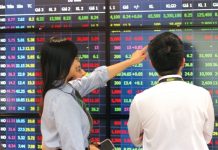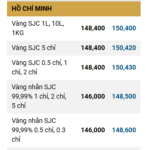Currency pressures have continued to drive capital outflows from Southeast Asian stock markets, diverting funds to developed markets such as the US. According to SSI Research, the US market attracted net inflows of $29.5 billion due to a boost from individual investors, and the equity holding ratio of US households has reached historic highs.
MONEY FLOWS TO “SAFE HAVENS”
Global equity funds broke out in June. Net inflows into equity funds totaled $49.7 billion in June, up 12% from the previous month, and several stock market indices across the globe posted strong gains in June, particularly in the US market.
Investor sentiment turned positive due to the monetary policy effect, especially as individual investors drove strong inflows into equity funds. In the first six months of the year, equity funds recorded net inflows of $225.5 billion.
Bond funds and money market funds continued to attract net inflows for the 18th consecutive month, although the pace slowed. The sustained high-interest rate environment kept these funds attractive, but more relaxed messages from the Fed and some major central banks around the world about cutting interest rates shifted capital towards riskier assets such as equities and high-yield bonds.
In the first six months of the year, bond funds and money market funds saw net inflows of $291.5 billion and $227 billion, respectively.
A wave of FOMO, particularly in the tech sector, swept through June, and a BofA survey showed that investor sentiment had surged to its highest level since November 2021. The survey also indicated that cash allocations were starting to shift from money market funds to riskier assets, with the US stock market attracting the highest allocation (32%).
Developed market equity funds saw net inflows of $29.5 billion. Capital continued to flow into the US market in June ($29.5 billion) due to individual investor demand, pushing US household equity holdings to record highs.
In contrast, political instability in France and high market valuations in Japan caused capital inflows to stall in Europe and Japan. In the first six months of the year, developed market equity funds recorded net inflows of $164.5 billion, mainly in the US market ($132.2 billion).

Emerging market equity funds benefited from the positive global investment sentiment, with net inflows of $12.4 billion in June. Capital returned to the Chinese market ($9.2 billion) due to inflows into multi-country ETFs. Additionally, the Indian market remained attractive in May ($3.9 billion), particularly for active funds.
Other markets were less prominent, except for Taiwan ($3.8 billion due to inflows into domestic ETFs and the allure of tech stocks). Notably, Southeast Asia experienced outflows for the sixth consecutive month, totaling $186 million.
With optimistic investment sentiment and momentum from individual investors, the short-term outlook for equity funds remains positive. Additionally, the Q2 earnings reports of listed companies will be released soon, and positive results, as expected, could further bolster equity fund inflows. Another notable point is that the BofA survey found that the cash allocation in June was 4.0%, which is considered a “reversal risk” threshold below 4%.
RARE POSITIVE SIGN FOR VIETNAM’S STOCK MARKET
In the Vietnamese market, ETF outflows intensified in June, reaching VND 3.3 trillion, or 2.5% of total assets, mainly due to the liquidation of the iShares Frontier fund. Specifically, it is estimated that in June, the fund sold VND 100.4 million worth of Vietnamese stocks, reducing the value of Vietnamese stocks in its portfolio from VND 117.7 million as of May 31 to VND 17.3 million as of June 28.
Since the beginning of the year, ETFs have withdrawn a total of VND 15.7 trillion, equivalent to 21% of total assets at the end of 2023, bringing the total assets of ETFs to VND 66 trillion.
Most ETFs experienced outflows in June, with the three largest funds, DCVFM VNDiamond (-VND 1,070 billion), Fubon (-VND 1,140 billion), and iShares Frontier (-VND 2,360 billion), bearing the brunt of the outflows, while some smaller funds also faced outflows, such as Xtrackers FTSE (-VND 183 billion), VanEck (-VND 132 billion), and SSIAM VNFin Lead (-VND 117 billion).
A positive development was the DCVFM VN30 fund, which reversed outflows and started attracting inflows in the second half of June. Additionally, the KIM Growth VN30 fund continued to receive positive inflows. Overall, with the remaining asset size not being substantial, the pace of outflows from ETFs is expected to slow down significantly compared to Q2.

Similarly, actively managed funds performed poorly in June, with outflows observed in Vietnam-only funds. Specifically, Vietnam-only funds witnessed outflows of approximately VND 850 billion, while only a small number of funds recorded inflows. For multi-country funds, outflows continued to be significant in June.
In total, outflows amounted to VND 1.9 trillion in June, bringing the six-month outflow figure to over VND 6.3 trillion, or about 1.7% of total fund assets.
In conclusion, the number of investable enterprises in Vietnam is quite limited, especially with few options in sectors of interest like technology. Additionally, interest rate and exchange rate risks remain the most significant factors influencing capital inflows into Vietnam in the current phase.
Bitcoin Hype
Last week, the crypto community in Vietnam was buzzing with an event that some media channels and social networks called a “new era” for cryptocurrencies. Some fund managers predict that from here, Bitcoin will rise to $100,000, $150,000, or even $1.5 million per bitcoin as predicted by fund manager Cathie Wood. So what’s all the fuss about?




